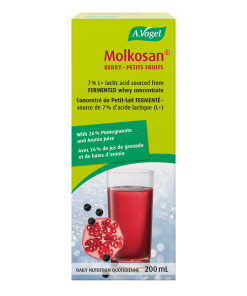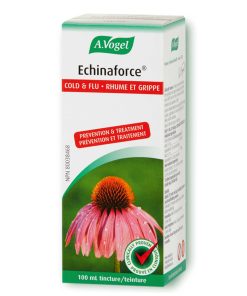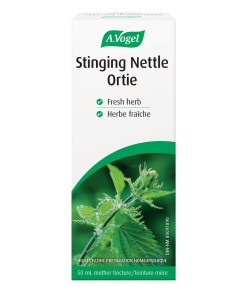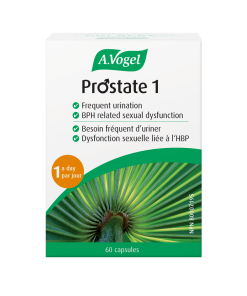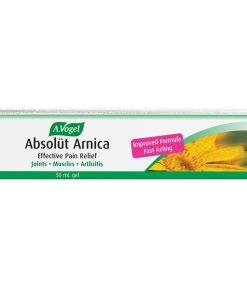BioClinic Naturals NAC & ALA 90 Capsules Assured Natural Distribution
$ 33,99 $ 20,39
- Provides clinically relevant doses of N-acetyl-L-cysteine (NAC) and alpha-lipoic acid (ALA)
- NAC and ALA have direct antioxidant action and enhance the synthesis and regeneration of glutathione, the key cellular antioxidant
- Supports mitochondrial function as well as phase II antioxidant enzyme upregulation
- Targets central mediators of inflammation
- Improves endothelial function and supports nitric oxide synthesis
- Reduces hyperglycemia-associated damage
- Suitable for vegetarians
Feature Summary
NAC and ALA are highly complementary nutrients, critical to cellular function and mitigation of hyperglycemia-associated damage. NAC drives the synthesis of glutathione, often depleted in cardiovascular diseases and metabolic and oxidative stress conditions.1,2 NAC also has direct antioxidant activity, restores pools of intracellular thiols, and has an anti-inflammatory effect, mediated via inhibition of nuclear factor kappa B (NF-κB).3 Glutathione is needed for the detoxification of many persistent organic pollutants, compounds known to impair mitochondrial function, adipose tissue metabolism, and pancreatic islet cell function.4 In addition to glutathione support, NAC enhances antioxidant protection through multiple pathways, including upregulation of nuclear factor (erythroid-derived 2)-like 2 (Nrf2) and phosphoinositide 3-kinase/protein kinase B (PI3K/AKT) activation, suggesting a significant potential to mitigate pathology due to oxidative stress.5 Clinical trials have shown that NAC restores intraplatelet glutathione levels in certain populations – a marker of atherothrombotic risk – reduces homocysteine, and improves endothelial function in coronary artery disease (at doses of 600–1800 mg/day).6,7
ALA, in turn, recycles antioxidant nutrients such as vitamin C and glutathione, and is a cofactor for several mitochondrial enzymes as well as glutathione reductase.8 It supports glycemic control and insulin sensitivity in individuals with inadequate glucose control, endothelial function among people with impaired glucose tolerance, and weight control among obese subjects.9,10,11 It has a well-recognized benefit for mitigating the neuronal oxidative damage resulting from hyperglycemia.12,13 Clinical trial data has shown improvement in multiple markers of oxidative stress and vascular inflammation in a variety of populations.14,15 Its antioxidant and neuroprotective effects may also provide protection against neurodegeneration and a range of oxidant-associated diseases.16,17
Fast Shipping and Professional Packing
We offer a wide range of shipping options due to our long-standing relationships with UPS, FedEx and DHL. Our warehouse staff are extremely skilled and will package your items according to our precise and precise specifications. Your goods are thoroughly checked and securely secured prior to shipment. Everyday we deliver thousands of packages to clients from all over the world. The fact that we are dedicated to becoming the largest online retailer in the World is obvious. Warehouses and distribution centers can be found in Europe as well as in the USA.
Orders that include more than 1 item are assigned processing periods according to each item.
Before shipping, we will inspect the ordered items thoroughly. The majority of orders are delivered within 48 hours. Delivery is expected to take between 3 and seven days.
Returns
We are not able to manage the stock at our factory and warehouse. Therefore, the actual inventory could change at any time. It's possible that your order may become unfulfilled after you place the order.
Our policy lasts for a period of 30 days. However, if 30 days have passed since you purchased your item, we cannot offer you a return or exchange.
For your item to be considered eligible for return, it must be unopened and in the same state as you received it in. It must also be in the original packaging.
Related products
Supplements
Supplements
Supplements
Supplements
Supplements
Supplements
Supplements
Supplements
Supplements
Supplements
Supplements
Supplements
Supplements
Supplements
Supplements
Supplements
Supplements
Supplements
Supplements



